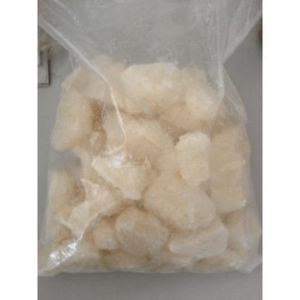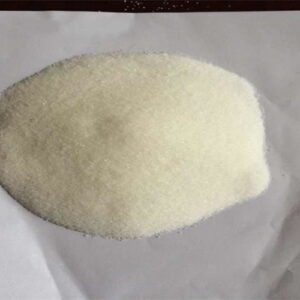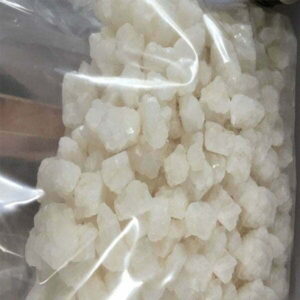Introduction
4-MPD (4-methylpentedrone) is a synthetic stimulant drug that belongs to the cathinone class. It is similar in structure and effects to other popular cathinones such as MDPV and a-PVP. The chemical formula of 4-MPD is C13H19NO, and its molecular weight is 205.3 g/mol. The drug is usually sold in the form of white or off-white powder, and it is commonly used as a recreational drug or as a research chemical.
History
The first reports of 4-MPD emerged in the mid-2010s, when it was identified as a new psychoactive substance (NPS) in several European countries. The drug quickly gained popularity among recreational drug users due to its euphoric and stimulating effects. However, little is known about the long-term health effects of 4-MPD, as it has not been extensively studied in humans.
Chemical Properties
The chemical structure of 4-MPD is similar to that of other cathinones, with a phenyl ring substituted with a methyl group, an alkyl chain, and an amino group. The drug acts as a dopamine and norepinephrine reuptake inhibitor, which results in increased levels of these neurotransmitters in the brain. The drug also acts as a serotonin releaser, which can lead to serotonin syndrome when taken in large doses.
Physical Properties
4-MPD is a white or off-white powder with a characteristic odor. It has a melting point of 168-170°C and a boiling point of 342.6°C at 760 mmHg. The drug is soluble in water, ethanol, and other polar solvents.
Effects
The effects of 4-MPD are similar to those of other cathinones. The drug produces feelings of euphoria, increased sociability, and heightened energy levels. It also increases the heart rate and blood pressure, dilates the pupils, and induces sweating. In high doses, 4-MPD can cause agitation, paranoia, and hallucinations. The drug can also be addictive, and chronic use can lead to physical and psychological dependence.
Legal Status
The legal status of 4-MPD varies from country to country. In some countries, the drug is controlled under drug laws and is considered an illegal substance. In other countries, the drug is not controlled, but its sale and use are discouraged due to its potential for abuse and harm.
Conclusion
In conclusion, 4-MPD is a synthetic stimulant drug that belongs to the cathinone class. The drug produces euphoric and stimulating effects, and it is commonly used as a recreational drug or as a research chemical. However, the long-term health effects of 4-MPD are not well-known, and its use can be dangerous and addictive. It is important to use caution and moderation when using this drug, and to seek medical attention if any adverse effects are experienced.






Reviews
There are no reviews yet.